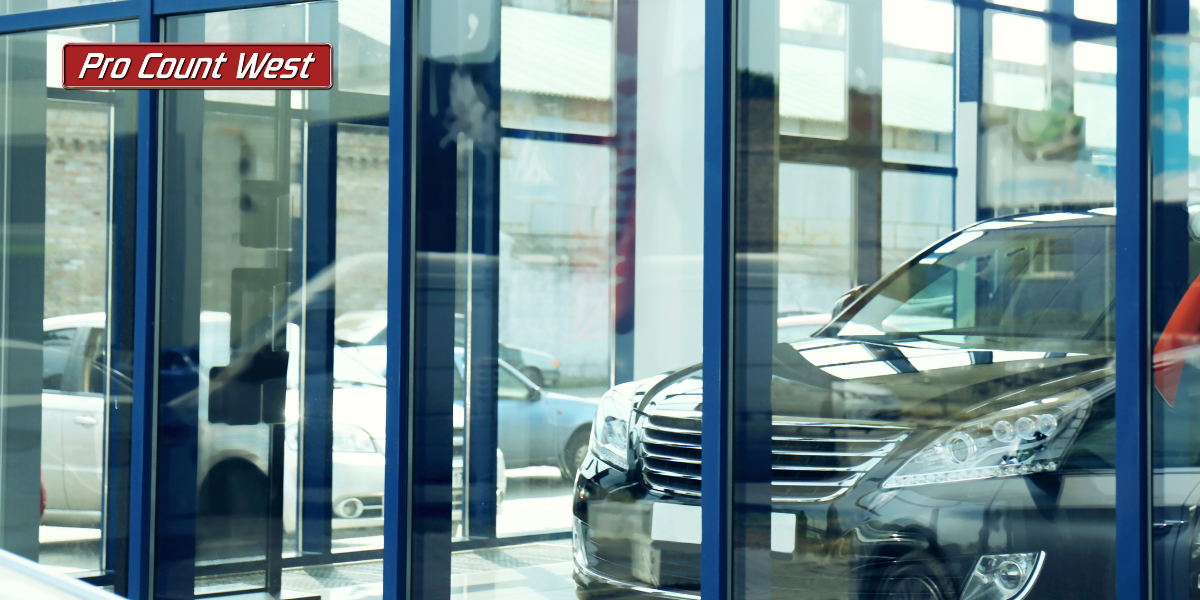Nationwide Coverage
Nationwide Coverage

 Your parts inventory is one of the most significant tangible assets a dealership has. When buying or selling a dealership, inventory is usually included in the purchase. Making sure that it is properly valued is critical for both the buyer and seller.
Your parts inventory is one of the most significant tangible assets a dealership has. When buying or selling a dealership, inventory is usually included in the purchase. Making sure that it is properly valued is critical for both the buyer and seller.
Prior to the closing of the sale, a physical inventory is required to ensure that the inventory portion of the sale price is properly valued. One important aspect of calculating this value is determining the salability of all the inventory that is on site.
What is salability?
Salability refers to an item's ability to be sold. If an item is salable (or sellable), it means it is fit or able to be sold and the value will be included in the sale price. Unsalable is the opposite. An unsalable (or unsellable) item cannot be sold. These parts are usually not included in the sale price as they generally have no recuperable value.
These definitions are relatively straightforward. The problem comes when you must decide whether a part is actually saleable.
Often the value of inventory recorded in the dealership’s books is not equal to the value of saleable items. That’s because auto parts inventory does not only include parts used to service customer’s vehicles. It also includes several parts that do not carry value in the buyer’s eyes. At least in terms of salability.
Parts that buyer’s see as unsalable include:
Why this matters to buyers
As a buyer, you want to consider salability to ensure you aren’t paying more for inventory than it is worth. By having an independent inventory management team review the inventory, you can confirm whether the value on the books reflects the true value of the inventory that you are looking to buy as part of a dealership purchase.
Why this matters to sellers
As a buyer, you want to take the time to properly sort and analyze your inventory. Determining what parts are saleable and which are not will allow you to provide an inventory valuation to your buyer that is realistic and fair. Doing this early on will also give you a chance to take advantage of available alternatives to offload otherwise unsalable items in a way that will increase your post sale profit. This may include following up on outstanding credits for returned parts, scrapping damaged parts, maximizing termination returns and receiving core values on parts where possible.
If you’re buying or selling a dealership and would like assistance with valuing inventory and maximizing your position, contact us today.
Pro Count West, L.L.C.
Phoenix, Arizona
Chicago, Illinois
New York, New York